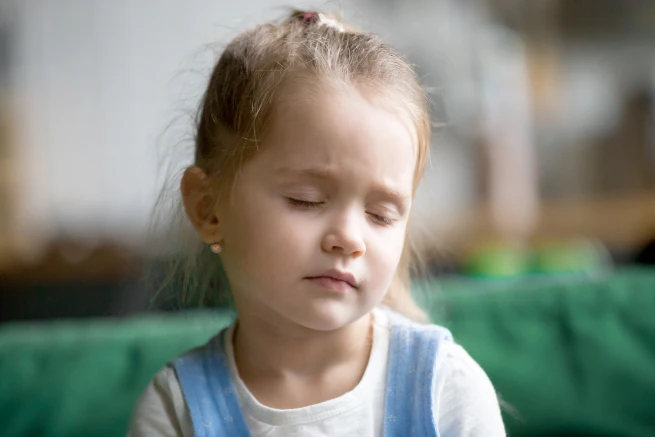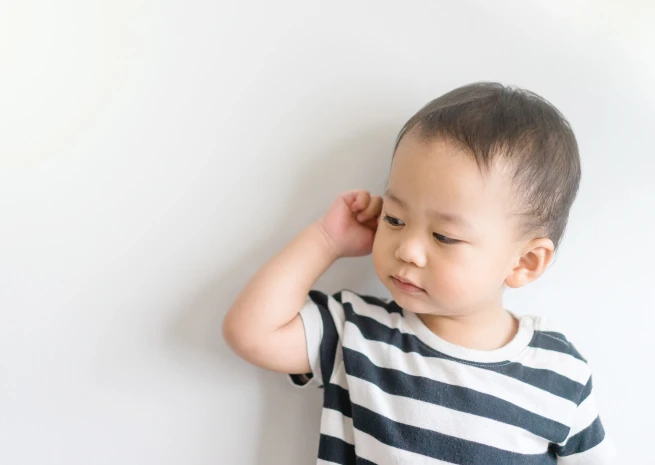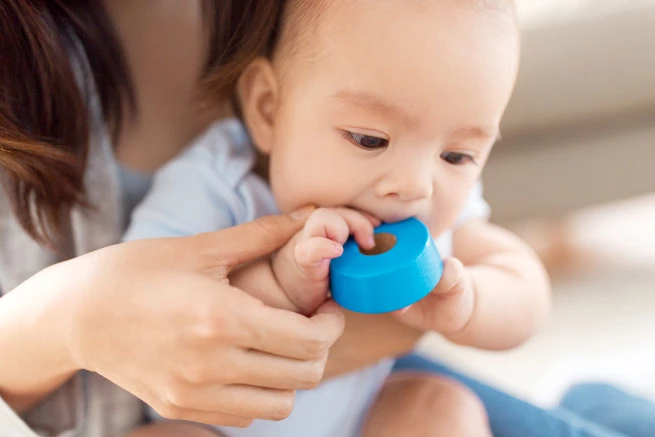Common types of pains in children
When little ones are growing they can experience a variety of aches and pains. Toddlers and children can easily acquire minor injuries from bumps and knocks while playing or learning to walk. But they may also experience general aches and pains in their legs, head and ears.
Below we discuss growing pains and headaches. For information on pain associated with sore throats, coughs, and colds, visit our information pages on these ailments.
Growing Pains
While harmless, growing pains (mainly in the leg) in children can cause them discomfort. Growing pain is common in young children and pain is usually felt mainly in the leg muscles, not the joint, and gets worse in the evening or night-time. But the actual cause of growing pains isn’t clear. They can come on after lots of exercise. They usually appear in more active children aged three to four years old and can continue into the early teens. Growing pains in children can come and go and might last months, or years.
You can take comfort that growing pains usually aren’t an indication of anything serious, however.
Dawn says: “Growing pains occur more during the night and are an ache or throbbing of the leg muscles. It’s important to note that growing pain shouldn’t make joints ache. If they do, it might be a sign of flu or something else and is worth speaking to your GP.”
This content was written by healthcare professional Dawn Kelly in 2020. She was paid for her time but does not endorse CALPOL® Products.
Headaches
Headaches in children can be different to adult headaches. The most common headache disorders are migraine and tension type headaches. Regular headaches that affect the whole head and come with vomiting or stomach pain could be an indication of a migraine in a child.
Tension headaches in children usually last around 30 minutes.
Pain relief and treatments
There are a variety of ways you can calm the aches and pains of your little one to help get them feeling better. From soothing discomfort with cuddles and home remedies, to giving children and babies gentle and effective pain relief medicines, you can get your little one back to their best in no time.
How to help children in pain feel better
There are a range of home remedies to help soothe your little one depending on the type of pain they’re feeling. Growing pains in children and muscular aches can be alleviated by:
Applying a heat pack to the sore area
A warm bath
Gently massaging their legs
Making sure all their footwear fits well and provides appropriate support
Dawn says: “You might want to call your GP if only one leg aches, if they have any joint pain or if the pain is during the day rather than night. Also, look out for any limping, rashes, swelling bruising or weight loss.”
This content was written by healthcare professional Dawn Kelly in 2020. She was paid for her time but does not endorse CALPOL® Products.
Pain medication for children and babies
Finding the appropriate pain relief medicine for children and babies can seem like a tough task. Many age appropriate medicines that contain paracetamol or ibuprofen can be used (though not together) and can help relieve some types of pain. Whether your youngster is experiencing sore muscles or has a headache, giving paracetamol or ibuprofen could help them feel more comfortable. It’s important to note that they shouldn’t be given at the same time.
Always read dosage guidance on any pain medicine you administer your youngster. There are a variety of medicines unsuitable for babies under two months and dosage recommendations can often be different depending on the age of your child. We’re on hand to help you discover the correct dosage for your little one.
Calpol products can help littles ones with aches and pains feel more like themselves
Growing pains in children and muscular aches can be alleviated by:
Applying a heat pack to the sore area
A warm bath
Gently massaging their legs
Making sure all their footwear fits well and provides appropriate support

Health Visitor
Dawn Kelly
Dawn is a qualified paediatric nurse, health visitor and lecturer with over 25 years’ experience. She’s written widely about child health and development and has a wealth of knowledge about childhood illnesses and advising parents on issues such as weaning and sleep. Her three daughters also put her knowledge to the test!
This HCP does not endorse Calpol.


